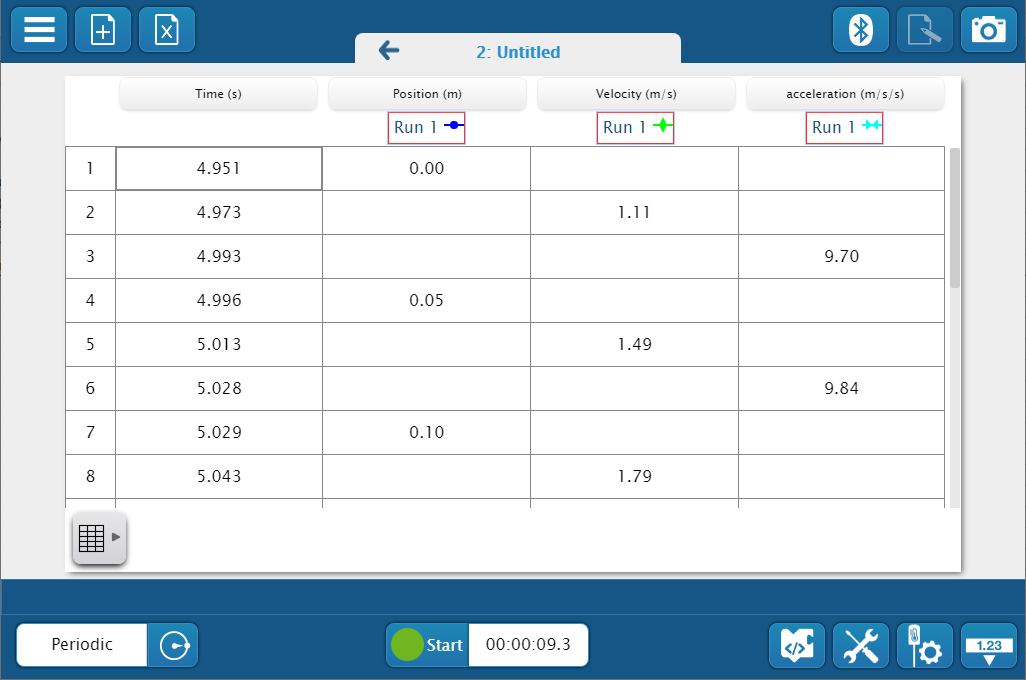About photogates and timers
Learn about photogate timers, how to determine which timer to select, and how the timer records data.
PASCO provides a number of photogates which are compatible with SPARKvue, such as the Photogate Head (ME-9498A), Smart Gate (PS-2180), and Wireless Smart Gate (PS-3225). These photogates can be used to measure the motion of an object or objects passing through them under a variety of circumstances. SPARKvue includes options to configure connected photogates as a variety of preprogrammed timers, making it easier to collect data from common experiment configurations such as pendulum timers and collision timers.
For instructions on connecting your chosen photogate to SPARKvue, see here. For information on how to set up a photogate as a particular timer, see the page for the timer in question.
Which timer to use
Use the table to help determine which timer to select based on your experiment. Click the links for the timer to get more information on how to set up the timing devices and measure the parameters.
| Experiment | One Photogate | Two Photogates | Picket Fence | Smart Pulley | Collision | Pendulum | Time of Flight |
|---|---|---|---|---|---|---|---|
| Cart position | ✕ | ✕ | |||||
| Cart speed | ✕ | ✕ | ✕ | ✕ | |||
| Cart acceleration | ✕ | ✕ | ✕ | ||||
| Cart collisions (velocity) | ✕ | ||||||
| Pendulum motion | ✕ | ||||||
| Rotation motion | ✕ | ||||||
| Projectile motion | ✕ | ||||||
| Free fall acceleration | ✕ |
How data is recorded
Recording data with timers uses a different method than recording data with sensors. While sensors collect data continuously at a given sample rate, photogates record data at specific events in time, as shown in the following example.

Note
Since data is recorded when a timing device detects an event, the first recorded data point usually doesn't occur at zero seconds on the clock. Additionally, data isn't aligned across rows since events are recorded at different points in time. This isn't a problem when displaying the data on a graph or digits display, but it can look odd when displaying data in a table.